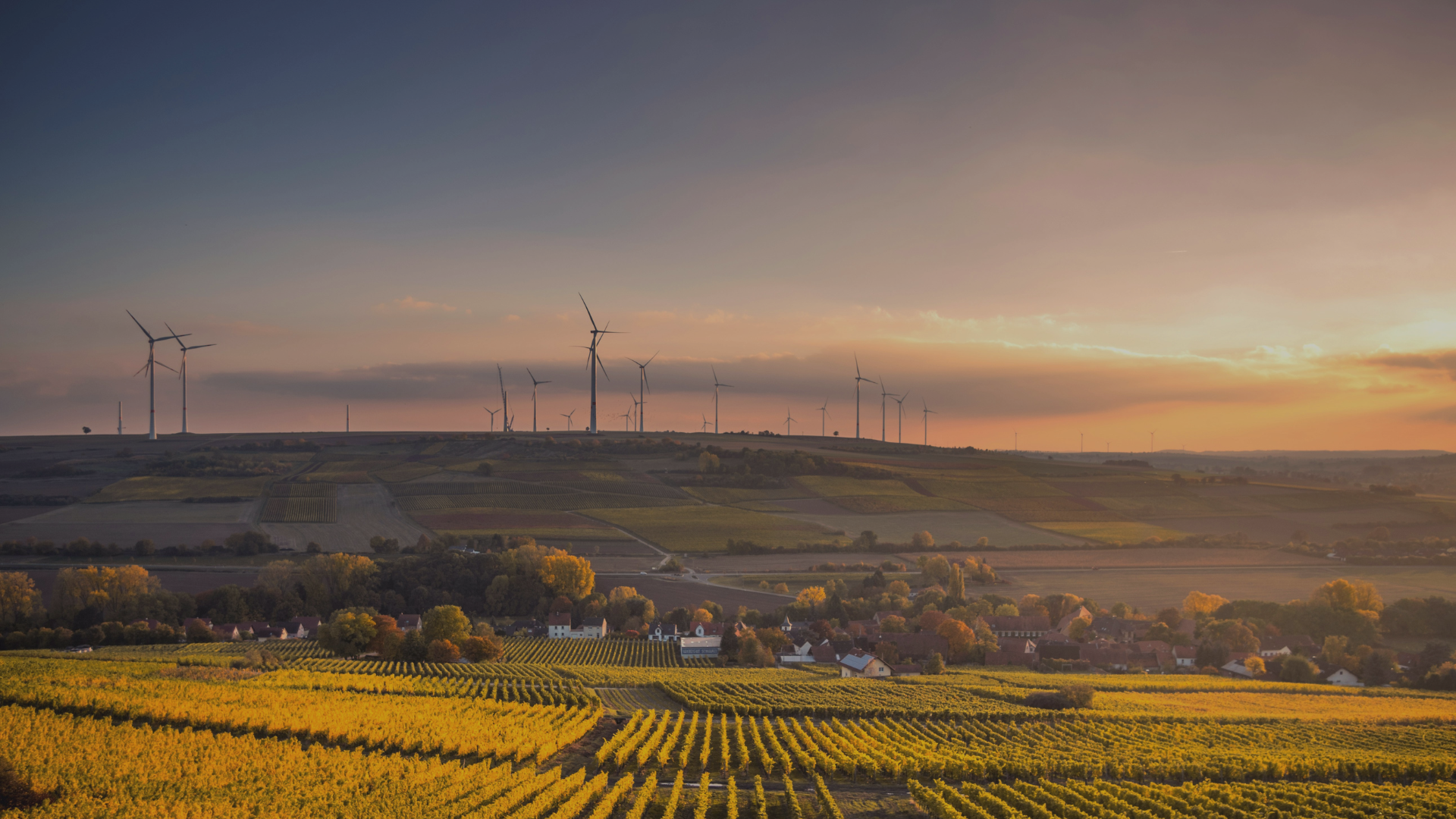Action Areas That Must Be Prioritized Before 2025
To meet the 2030 targets, decisive progress in the following areas must occur no later than 2025:
- Permitting Reform and Grid Modernization
Governments must streamline permitting for renewable energy, storage, and transmission projects. As of 2024, over 1,500 GW of renewable capacity is stuck in interconnection queues, particularly in the U.S., India, and parts of Europe. Simultaneously, grid investment must double by 2025, reaching over $800 billion annually to accommodate new capacity.
- Capital Mobilization for the Global South
Despite representing over 70% of future energy demand, emerging markets received just 12% of global renewable investment in 2023. The UN and World Bank must accelerate the rollout of blended finance, sovereign guarantees, and climate insurance tools. The G20 and IMF have key roles to play in de-risking private capital.
- Supply Chain Localization and Diversification
Key bottlenecks in solar modules, wind components, and battery materials are limiting scalability. Countries must localize manufacturing—supported by industrial policy—and diversify critical mineral supply chains through partnerships in Latin America, Africa, and Australia. Otherwise, dependency risks will constrain growth.
- Measurement, Reporting, and Verification (MRV)
Progress toward 2030 must be measurable and transparent by 2025. The UN is backing new platforms for real-time emissions tracking, grid carbon intensity, and renewable energy certification. Without these systems, it will be difficult to distinguish real impact from greenwashing.
- Workforce and Training Pipelines
Global renewable employment must triple to nearly 40 million by 2030, according to IRENA. National governments must act in 2025 to expand technical education, create clean energy apprenticeship programs, and facilitate labor mobility for the energy transition.
Reframing the Global Narrative: From Pledges to Proof
The language of climate action has often emphasized long-term goals—2050 for net-zero, 2030 for renewables. But as 2025 approaches, the need to reframe the narrative toward near-term action is becoming critical.
This requires more than just urgency—it demands accountability. The UN can play a key role by publishing annual progress scores by country and sector, aligning financial flows with real-world outcomes. Platforms like the High-Level Expert Group on Net-Zero Emissions Commitments and the UN Energy Compact Tracker should be scaled and supported with real enforcement mechanisms.
Meanwhile, corporations and investors must abandon incrementalism. In a 2025-centered world, climate strategies must focus on short-cycle execution, operational emissions cuts, and supply chain reform, not just distant goals. Boards and fiduciaries should treat climate timelines with the same rigor as earnings forecasts or liquidity risks.
Lastly, civil society and media must shift attention from what governments and companies plan to do to what they’ve already done—and how that aligns with planetary boundaries.
Conclusion: 2025 Is Not Just a Deadline—It’s the Decisive Test
The commitment to triple renewables by 2030 was a historic breakthrough. But if action is delayed past 2025, the world will face a steeper, more costly, and less equitable transition. The next 18 months must serve as a global sprint, not a prelude.
Policymakers must pass the legislation, approve the projects, and deploy the capital that will define this decade. Companies must prioritize execution and traceable impact. And multilateral institutions must unify fragmented efforts into a coherent, measurable global response.
2025 is the new 2030—not because the calendar changed, but because physics, economics, and time are no longer on our side.
References







